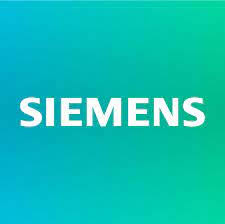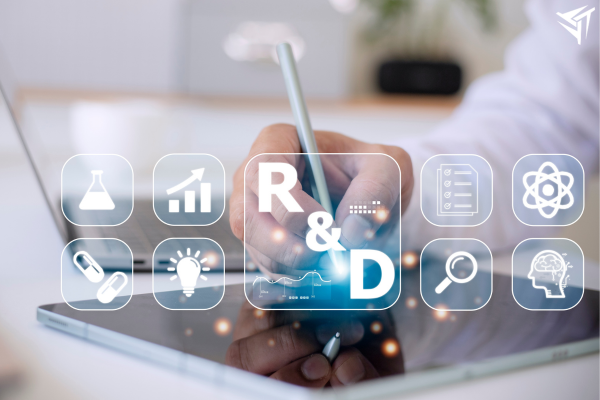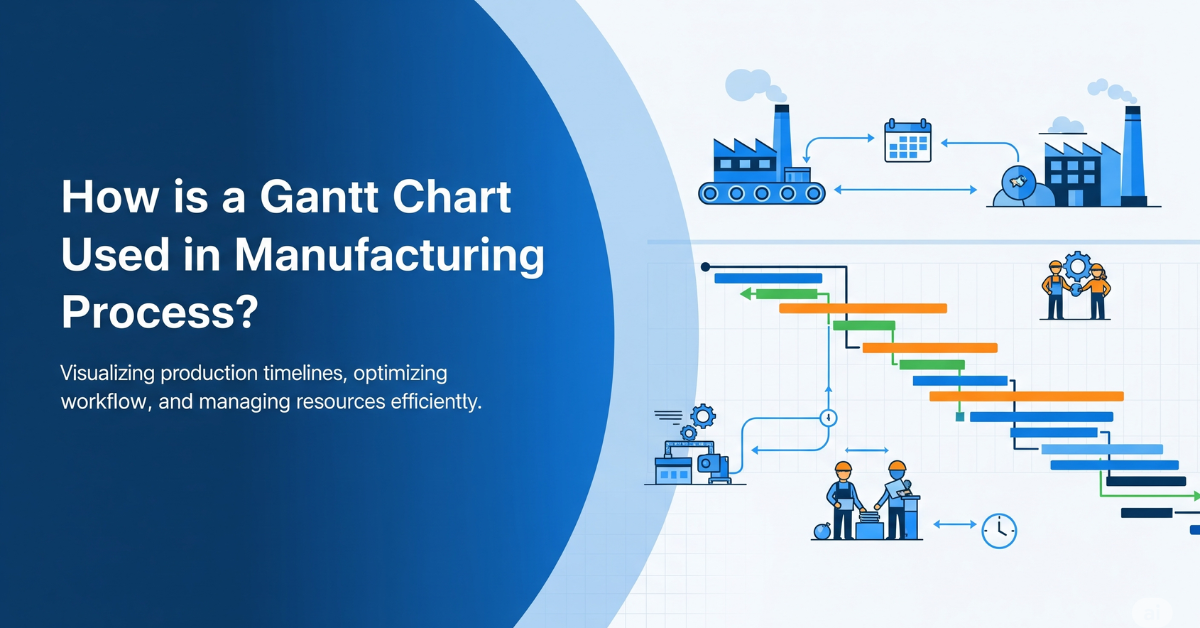Electronic Batch Record Software
Electronic Batch Record Software connects digital record-keeping with physical production by capturing and controlling batch records in real time. It ensures manufacturing processes adhere to regulatory standards and quality benchmarks while streamlining compliance and reducing errors.
This solution supports smart manufacturing by integrating batch data with production workflows and driving continuous quality improvement.
Record Management Challenges
Electronic Batch Record (EBR) implementation is often hindered by complex validation requirements, legacy system integration, and inconsistent data capture. Manual or paper-based processes increase the risk of errors, deviations, and audit failures. Without a centralized, automated system, ensuring compliance, traceability, and production efficiency becomes a major challenge.

What Does EBR Software Do?
Electronic Batch Record (EBR) Software digitizes and automates the creation, review, and approval of batch production records. It captures data from manufacturing processes in real time to ensure accuracy, enforce compliance, and eliminate manual documentation errors. By standardizing batch documentation, EBR Software streamlines audits, accelerates product release, and supports GMP compliance in regulated industries.

Features of EBR Software
Real-Time Monitoring
Continuously tracks process performance and deviations with integrated sensors and live data feeds. Enables proactive alerts and rapid decision-making to optimize production and quickly address issues.
Electronic Recordkeeping
Transforms paper logs into secure digital records by capturing every batch detail. Provides comprehensive audit trails, version control, and instant centralized access to critical manufacturing data.
Automated Data Capture
Collects and validates batch process data automatically from sensors and systems. Minimizes manual entry errors, ensures compliance, and creates secure, audit-ready records throughout each production run.
EBR Software Benefits
Error Reduction
Eliminates manual entry errors to ensure precise, reliable batch records every time.
Regulatory Compliance
Maintains data that meets FDA and 21 CFR Part 11 standards for seamless audits.
Enhanced Efficiency
Accelerates record creation and streamlines batch processing by automating data capture.
Improved Traceability
Generates detailed audit trails that support thorough investigations and quality control.
Seamless Integration
Easily connects with existing manufacturing systems for smooth operational workflows.
Data Accessibility
Ensures quick retrieval and analysis of digital records to inform better decisions.
Siemens Opcenter RD&L
Snic Solutions is recognized as one of the elite organizations partnered with Siemens as a value-added reseller of Opcenter.
/About%20Page/Blake%20Digital%20Transformation%20Solutions.png?width=500&height=500&name=Blake%20Digital%20Transformation%20Solutions.png)

EBR Software Integration
Electronic Batch Record Software integrates with MES, LIMS, ERP, and QMS systems to digitize batch documentation and enforce compliance throughout the manufacturing process.
What happens when you integrate?
Integration automates data capture from production and lab systems, reducing manual entry and errors. This ensures complete, traceable batch records that streamline audits and accelerate batch release.

From Our Blog
Stay up to date with what is new in our industry, learn more about the upcoming products and events.

How is a Gantt Chart Used in Manufacturing Process?
In manufacturing, Gantt charts are used to simplify production by visualising task…
.png)
Top Advantages of Laboratory Automation Systems
Are you curious about how laboratory automation can benefit your lab? Laboratory a…
.png)
What Is A Bidirectional LIMS?
LIMS bidirectional communication, or what is LIMS bidirectional, refers to the two…
Frequently Asked Questions
Have Question? We are here to help
What is an electronic batch record?
An Electronic Batch Record (EBR) is a digital version of a paper batch record that documents the manufacturing process, ensuring that each batch is produced according to predefined procedures and quality standards.
What is EBR used for?
EBR is used to track, verify, and document each step in the production process. It ensures compliance, improves traceability, and supports quality assurance in regulated industries like pharmaceuticals and food manufacturing.
What is the difference between MES and EBR?
MES (Manufacturing Execution System) manages real-time production operations, while EBR specifically captures and stores batch documentation for compliance and audit purposes. EBR is often a feature within an MES.
What is the difference between MBR and EBR?
MBR (Master Batch Record) is the predefined template for how a product should be manufactured. EBR is the actual execution record for a specific batch, generated based on the MBR.
What is EBR software?
EBR software digitizes batch production records, automates data capture, enforces workflows, and ensures that all manufacturing steps are properly executed and documented for regulatory compliance.
Partner With Us To Reduce Your Technical Debt
Snic Solutions is recognized as one of the elite organizations partnered with Siemens as a value-added reseller of Opcenter.
/About%20Page/Blake%20Digital%20Transformation%20Solutions.png?width=500&height=500&name=Blake%20Digital%20Transformation%20Solutions.png)
